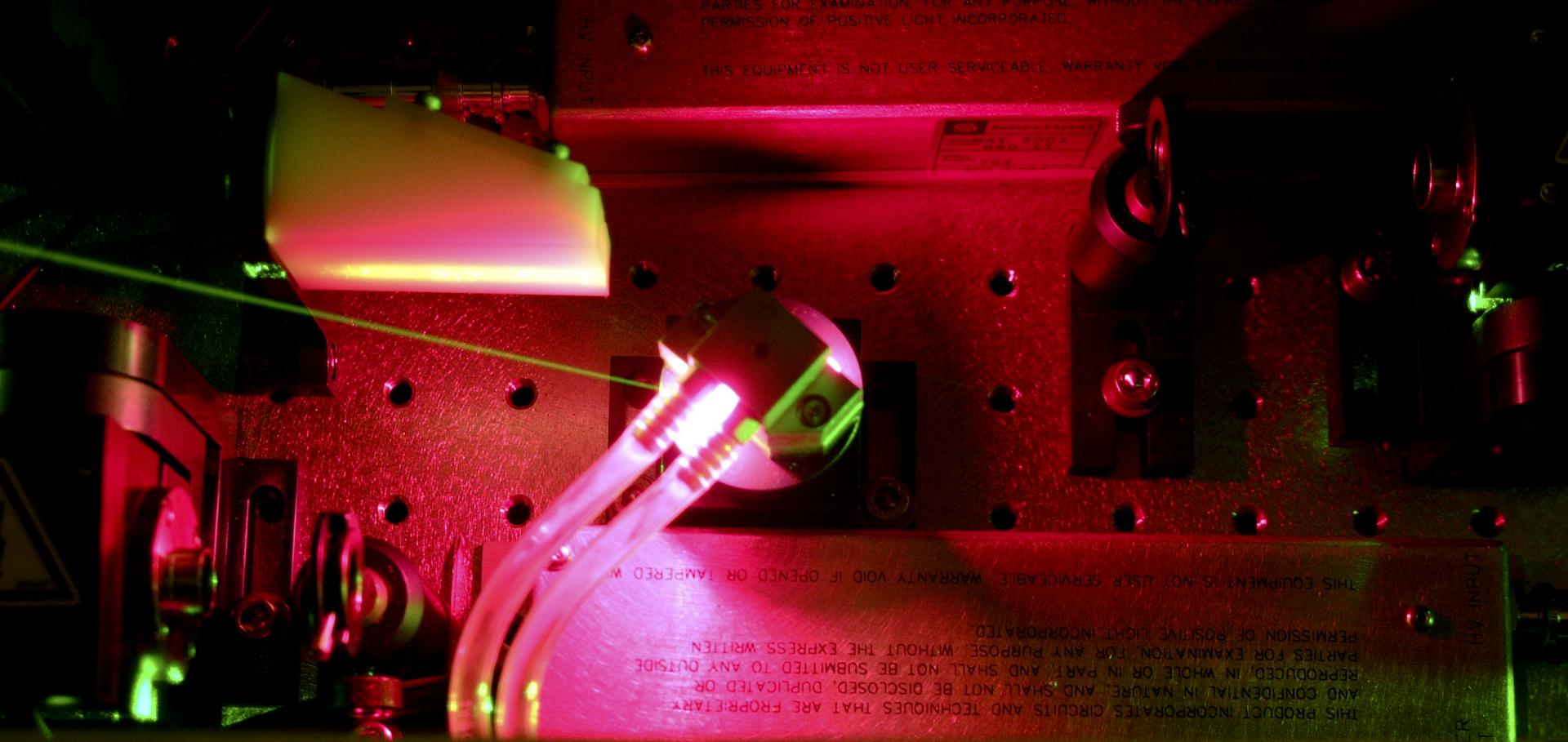Dramatic enhancement of xuv laser output using a multimode gas-filled capillary waveguide
Physical Review A - Atomic, Molecular, and Optical Physics 71:1 (2005)
Abstract:
We report a significant increase of the output of a 41.8-nm Xe 8+ laser achieved by means of multimode guiding of high-intensity femtosecond laser pulses in a gas-filled dielectric capillary tube. The optimized lasing signal from a 15-mm-long capillary was nearly an order of magnitude higher than that from a gas cell of the same length. Simulations of the propagation of the pump laser pulse in the capillary confirmed that this enhancement is due to reflections from the capillary wall, which increase the length of the Xe 8+ plasma column generated. The influence of gas pressure and focusing position on the lasing is also presented. © 2005 The American Physical Society.Pseudoresonant laser wakefield acceleration driven by 10.6-μm laser light
IEEE TRANSACTIONS ON PLASMA SCIENCE 33:1 (2005) 3-7
Laser Wakefield Acceleration Driven by ATF CO2 Laser (STELLA‐LW)
AIP Conference Proceedings AIP Publishing 737:1 (2004) 534-540
Molecular-dynamic calculation of the inverse-bremsstrahlung heating of non-weakly-coupled plasmas
Physical Review E - Statistical, Nonlinear, and Soft Matter Physics 70:5 2 (2004)
Abstract:
The inverse bremsstrahlung (IB) heating rates of a plasma as a function of density and laser intensity were calculated using a molecular dynamic (MD) code. The code belonged to the class of particle-particle-particle-mesh codes. The equations solved by the MD code avoided several assumptions which were inherent to alternative methods. The results of the MD code were compared to previous results for plasmas of low coupling. The results of the calculations for dense, moderately coupled plasmas were also presented. An analytic expression for the IB heating rate, based on a fit to the rates calculated by MD code, was also presented.Molecular-dynamic calculation of the inverse-bremsstrahlung heating of non-weakly-coupled plasmas.
Phys Rev E Stat Nonlin Soft Matter Phys 70:5 Pt 2 (2004) 056411


